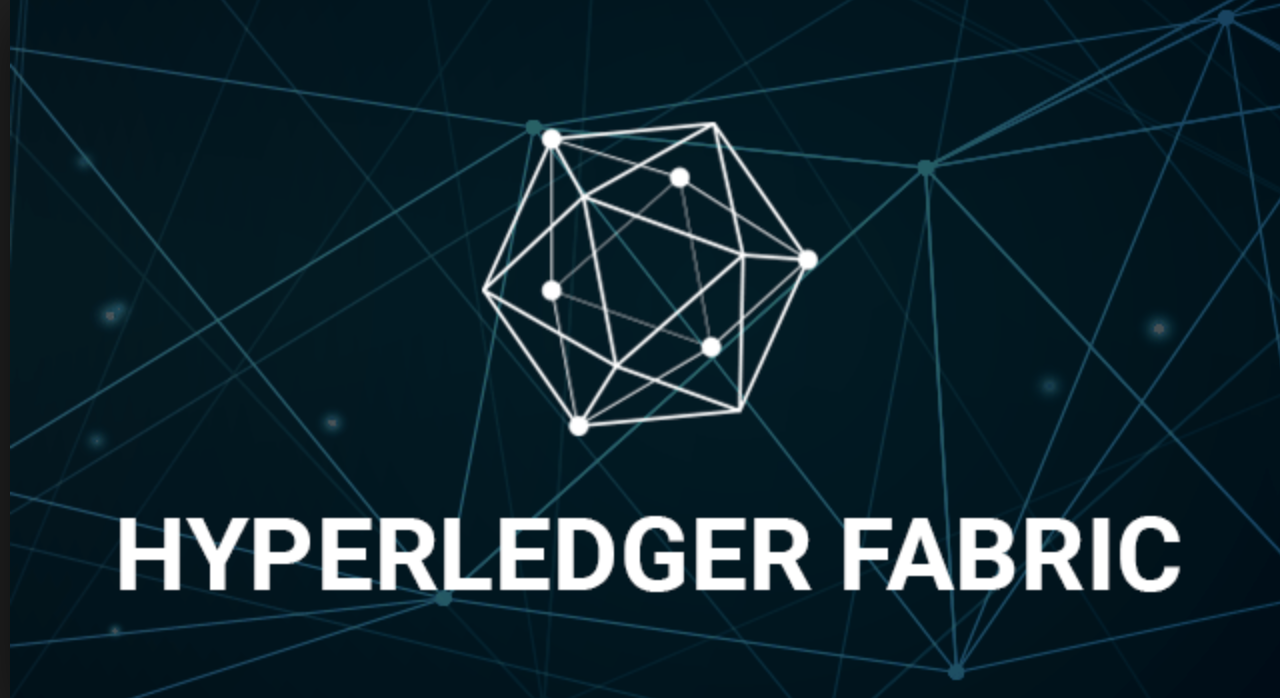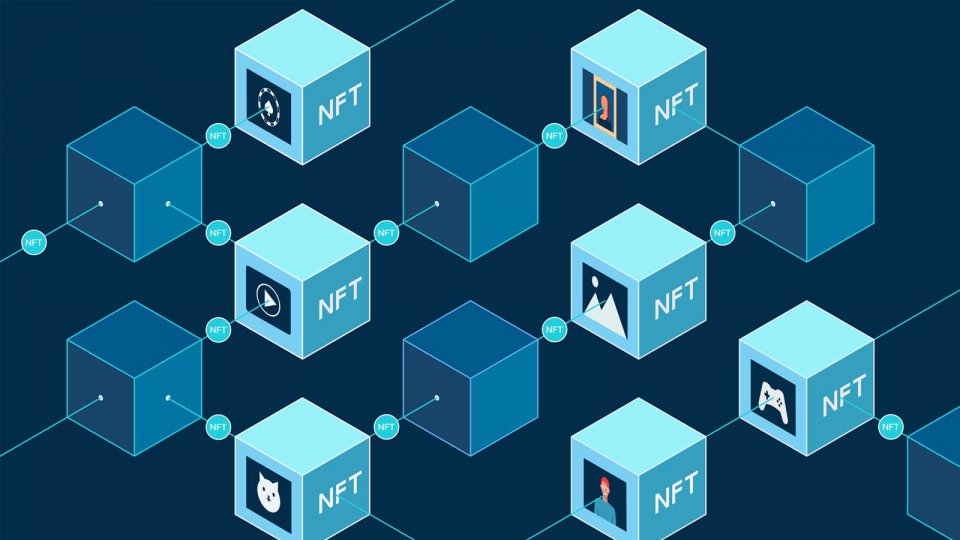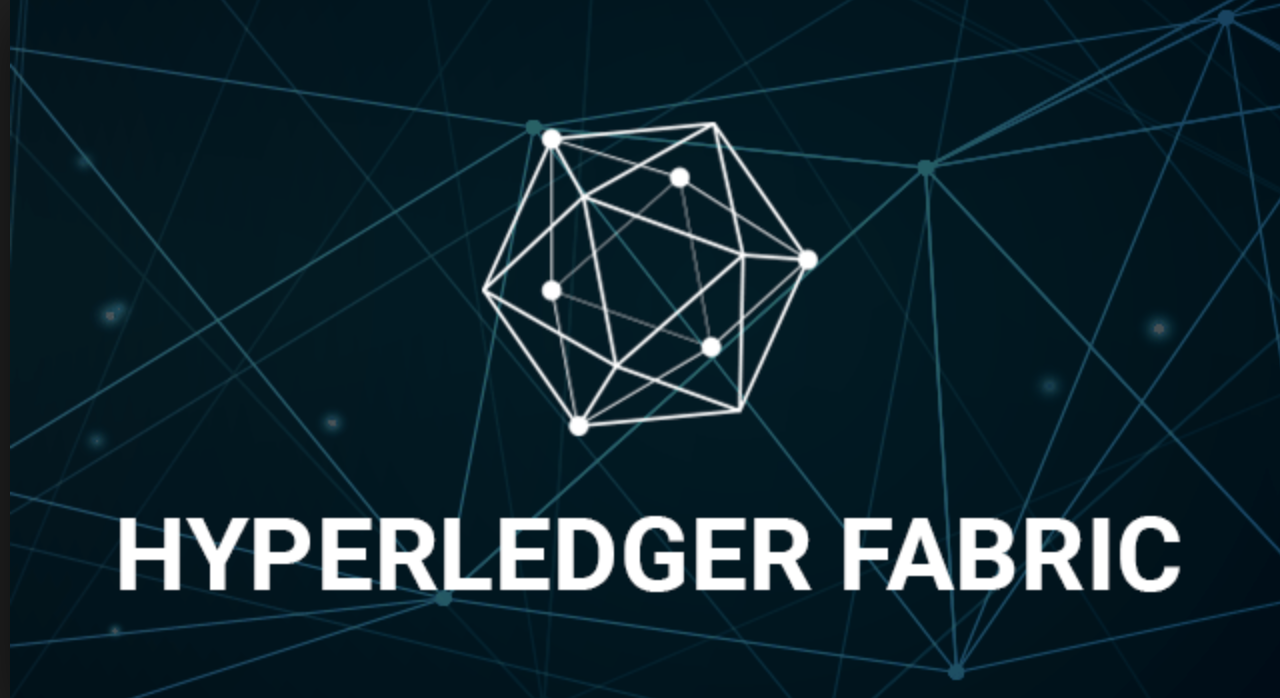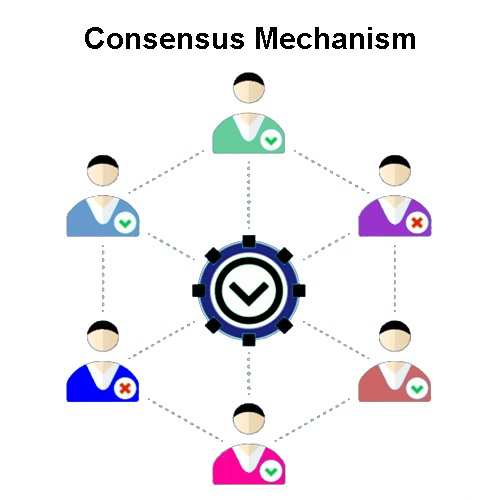Hyperledger Fabric: Part 1
 Kairav Thakkar
Kairav Thakkar
Hyperledger Fabric is a powerful blockchain framework designed to develop enterprise-grade distributed ledger applications. As businesses increasingly explore blockchain technology, Hyperledger Fabric has emerged as a leading choice due to its modular architecture, scalability, and robust security features. In this two-part series, we will dive into the world of Hyperledger Fabric, exploring its core concepts, architecture, components, and how it enables businesses to create secure and scalable blockchain solutions.
Understanding Blockchain

Blockchain is a revolutionary technology that fundamentally changes the way data is stored, verified, and shared. At its core, a blockchain is a distributed and decentralized ledger that records transactions across multiple computers, known as nodes, in a transparent and immutable manner. Each transaction, or "block," is linked to the previous one through cryptographic hashes, creating a chronological chain of blocks.
The key features of blockchain include:
a. Decentralization: Unlike traditional centralized systems, blockchain operates on a peer-to-peer network, where each node participates in the validation and storage of data. This decentralized nature ensures greater resilience and eliminates the need for a single controlling authority.
b. Immutability: Once a block is added to the blockchain, it becomes tamper-resistant due to its cryptographic linkage with the previous block. Any attempt to alter the data in a block would change its hash, alerting the network to the manipulation.
c. Transparency: All participants in the blockchain network can view the entire transaction history, promoting transparency and accountability.
d. Consensus Mechanisms: To agree on the state of the blockchain, consensus mechanisms are employed to reach agreement among network participants on the validity of transactions.
Understanding Hyperledger Fabric

Hyperledger Fabric, hosted under the Linux Foundation's Hyperledger umbrella, is an open-source blockchain framework designed for enterprise use cases. Unlike public blockchains like Bitcoin and Ethereum, Hyperledger Fabric is permissioned, meaning participants must be authenticated and authorized to join the network. This feature makes it ideal for businesses and organizations that require strict control over their blockchain applications.
Hyperledger Fabric was developed to address the specific needs of enterprises, including scalability, privacy, and modular architecture. As a permissioned blockchain, it allows enterprises to design and customize their networks based on their unique requirements, without sacrificing security or performance.
Key characteristics of Hyperledger Fabric include:
a. Modular Architecture: Hyperledger Fabric is designed with a modular architecture that allows for pluggable components. This modularity makes it flexible and adaptable to various business needs.
b. Channels for Privacy: Channels enable the creation of private subnetworks within the main blockchain, allowing specific participants to transact privately and securely.
c. Chaincode Functionality: Hyperledger Fabric employs smart contracts, which it calls "chaincode," to execute business logic and automate transactions. Chaincode can be written in various programming languages, making it accessible to developers with diverse skill sets.
d. High Performance: Hyperledger Fabric is engineered for high throughput and low latency, making it suitable for demanding enterprise applications.
Core Concepts of Hyperledger Fabric

One of the fundamental concepts that set Hyperledger Fabric apart from public blockchains like Bitcoin and Ethereum is its permission nature. In Hyperledger Fabric, participation in the network is restricted to known and authenticated entities, such as organizations or individual users with specific roles. This permissioned model provides several advantages for enterprise use cases, including:
a. Privacy and Confidentiality: By controlling access to the network, Hyperledger Fabric ensures that sensitive business data remains private and is only visible to authorized participants. Transactions within the network can be conducted confidentially, and the details are not exposed to the entire world.
b. Performance and Scalability: Since only known entities participate in the consensus process, permissioned blockchains like Hyperledger Fabric can achieve higher transaction throughput and lower latency compared to public blockchains.
c. Compliance and Governance: Enterprises often operate within regulatory frameworks and need to adhere to specific governance rules. Hyperledger Fabric's permissioned model allows organizations to establish rules and policies for network participants, ensuring compliance with legal requirements and internal standards.
Channels: Channels are a powerful feature in Hyperledger Fabric that enables the creation of private subnetworks within the overall blockchain network. In a typical enterprise scenario, multiple organizations may be involved in a shared blockchain, but not all transactions should be visible to all participants. Channels address this requirement by allowing specific subsets of participants to conduct private and confidential transactions.
Each channel operates as an isolated environment, with its own ledger, smart contracts (chaincode), and membership. Transactions conducted on one channel are not visible to participants on other channels, ensuring data privacy. Channels are useful for various use cases, such as facilitating secure interactions between a buyer and a supplier within a supply chain or enabling confidential negotiations between financial institutions for transactions.
Smart Contracts(Chaincode)

Smart contracts, in the context of Hyperledger Fabric, are known as chaincode. Chaincode is the business logic that defines the rules and procedures for executing transactions on the blockchain. It acts as the bridge between the external client applications and the blockchain network.
Hyperledger Fabric supports the use of Chaincode written in different programming languages, such as Go, JavaScript, and Java. This flexibility allows developers to choose the language they are most comfortable with and leverage existing expertise in their preferred programming language.
Chaincode is deployed on the blockchain network and executed by endorsing peers during the transaction endorsement process. The outcome of chaincode execution determines the validity of a transaction and its inclusion in a block.
Key Features of Chaincodes
a. Decentralized Execution: Chaincodes execute on endorsing peers distributed across different organizations, promoting decentralization and ensuring that no single entity has complete control over the execution process.
b. Multi-Language Support: Hyperledger Fabric provides flexibility by supporting chaincode development in various programming languages such as Go, JavaScript, and Java. Developers can choose the language that best aligns with their expertise and project requirements.
c. Versioning: Chaincodes can be versioned to allow for updates and improvements without affecting the existing transactions or the history of the ledger. This ensures backward compatibility while accommodating changes to the business logic.
d. Modular Design: Chaincodes follow a modular design approach, allowing developers to split complex smart contracts into manageable and reusable functions. This modularity enhances code readability, maintainability, and reusability.
Consensus Mechanism:

Consensus is the process by which all participating nodes in a blockchain network agree on the validity and order of transactions. In Hyperledger Fabric, the Practical Byzantine Fault Tolerance (PBFT) consensus algorithm is used.
PBFT ensures that, even in the presence of malicious or faulty nodes, the network can reach a consensus on the correct state of the blockchain. It requires that a transaction be endorsed by a certain number of peers (defined in the endorsement policy) before it can be considered for inclusion in a block.
Byzantine fault tolerance is crucial for ensuring the integrity and reliability of the blockchain network, especially in enterprise environments where strict consistency and fault tolerance are paramount.
Endorsement Policy:
Before a transaction can be added to the blockchain, it needs to be endorsed by a predefined set of endorsing peers. The endorsement policy is a key component in chaincode development that determines the required number of endorsements and the specific criteria for endorsing peers. The policy is set during chaincode instantiation and can be tailored to meet the specific needs of the application.
The endorsement policy typically requires endorsements from a certain number of peers belonging to different organizations within the channel. This ensures that transactions are validated and agreed upon by a diverse set of participants, enhancing the network's security and trustworthiness.
Transaction Flow:
The transaction flow in Hyperledger Fabric with consensus involves the following steps:
a. Proposal: A client application initiates a transaction proposal and submits it to endorsing peers.
b. Endorsement: The endorsing peers execute the transaction based on the chaincode's logic and provide a response containing the endorsement result.
c. Consensus: The endorsed transaction is sent to the ordering service, where it is grouped into a block along with other endorsed transactions. The ordering service applies the PBFT-based consensus algorithm to ensure agreement on the order of transactions.
d. Validation and Commitment: The block containing the endorsed transactions is broadcasted to validating peers. Each validating peer independently validates the transactions within the block against its own copy of the ledger. Once validated, the transactions are committed to the ledger.
Benefits of Consensus in Chaincode Development:
a. Security: The consensus mechanism enhances the security of the blockchain network by requiring multiple endorsements and validation from different parties before a transaction is considered valid and added to the ledger.
b. Immutability: As the consensus algorithm ensures that all validating peers reach agreement on the order and validity of transactions, the resulting blockchain remains immutable and tamper-resistant.
c. Decentralization: The distributed nature of the consensus mechanism ensures that no single entity or group can control the network, promoting decentralization and resilience against malicious attacks.
d. Efficiency: Hyperledger Fabric's PBFT-inspired consensus algorithm achieves faster transaction finality compared to some other consensus mechanisms, enhancing the overall efficiency of the network.
Hyperledger Fabric Architecture

Overview of components:
Hyperledger Fabric's architecture is designed to support a distributed and permissioned network. It comprises several key components that work together to achieve consensus, secure transactions, and manage identities. The main architectural components include:
a. Peers: Peers are the nodes in the network that host the distributed ledger and execute chaincode transactions. There are two types of peers - endorsing peers and committing peers. Endorsing peers simulate transactions and provide endorsements, while committing peers validate and commit transactions to the ledger.
b. Orderers: Orderers are responsible for receiving endorsed transactions from endorsing peers, ordering them into blocks, and delivering the ordered blocks to the committing peers for validation and inclusion in the ledger. The ordering service uses a consensus algorithm to agree on the order of transactions.
c. Clients: Clients are external applications that interact with the Hyperledger Fabric network by submitting transaction proposals to endorsing peers. Clients can also query the ledger to retrieve information stored on the blockchain.
Membership Service Provider:

In a permissioned blockchain like Hyperledger Fabric, identity and access management play a crucial role in maintaining the network's security and integrity. This responsibility falls on the Membership Service Provider (MSP). The MSP manages identities of network participants, both individual users and organizations, and ensures their authentication and authorization.
The MSP issues cryptographic certificates to network participants, verifying their identities. These certificates are used to sign transactions and establish secure communication within the network. Each participant has a unique MSP, allowing them to interact with the network based on predefined access controls and policies.
Ledger:
The ledger is at the core of Hyperledger Fabric, maintaining a comprehensive record of all transactions in the network. It consists of two distinct components:
a. State Database: The state database stores the current state of the world, representing the latest values of all assets and variables in the system. This database is updated after each successful transaction and is accessible to validating peers for verification.
b. Transaction Log: The transaction log is an immutable record of all past transactions in the network. It contains the complete history of changes made to the state database. This transparency enables all participants to track the provenance of data, enhancing trust and accountability.
The combination of the state database and the transaction log ensures the integrity and transparency of the Hyperledger Fabric network.
Chaincode Lifecycle

Chaincodes, also known as smart contracts, are self-contained programs that define the business logic and rules for executing transactions in Hyperledger Fabric. The chaincode lifecycle encompasses the following stages:
a. Installation: Before a chaincode can be instantiated, it needs to be installed on all endorsing peers participating in the channel. This step is a one-time process during the initial deployment.
b. Instantiation: After installation, the chaincode is instantiated on the channel. During instantiation, developers can specify the initial values for the ledger's state variables.
c. Invocation: Client applications invoke specific functions of the chaincode to initiate transactions. The chaincode's logic processes the transaction proposal and generates results for endorsement.
d. Endorsement Policy: The endorsement policy, set during chaincode instantiation, defines the number and type of endorsements required for a transaction to be considered valid. It ensures that transactions are endorsed by a specified number of endorsing peers from different organizations, enhancing security and consensus.
e. Validation and Commitment: After receiving endorsed transactions from the ordering service, validating peers verify the correctness of the transactions against their local copy of the ledger. If the transaction is valid, it is committed to the ledger, ensuring consistency across the network.
Subscribe to my newsletter
Read articles from Kairav Thakkar directly inside your inbox. Subscribe to the newsletter, and don't miss out.
Written by

Kairav Thakkar
Kairav Thakkar
Currently working as an AI prompt engineer, I possess skills in blockchain engineering, data analysis, generative AI research, and :) you guessed it- prompt engineering. I am passionate about blockchain data analysis and business applications of prompt engineering.